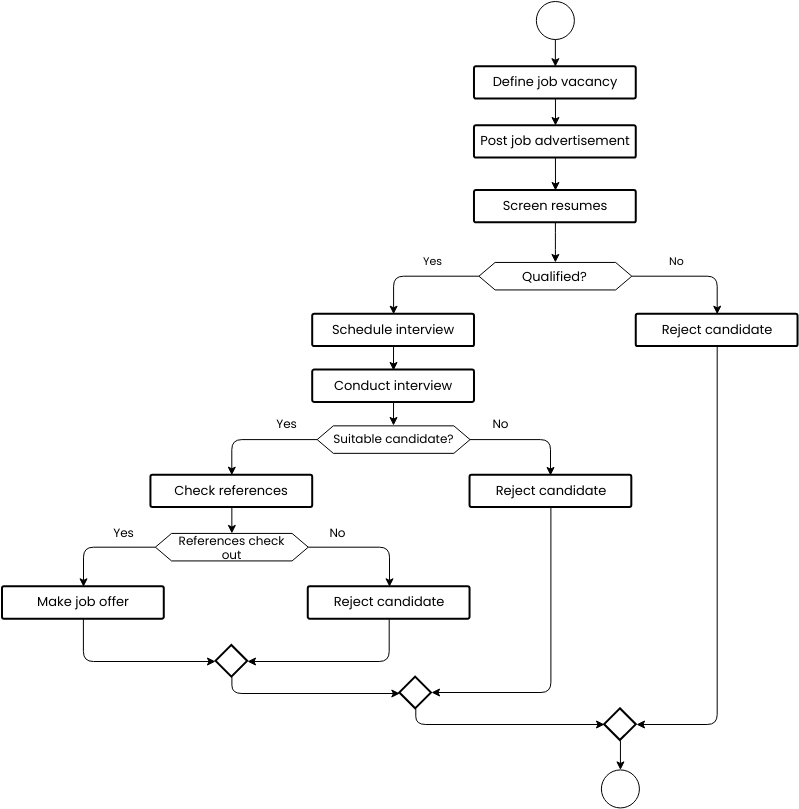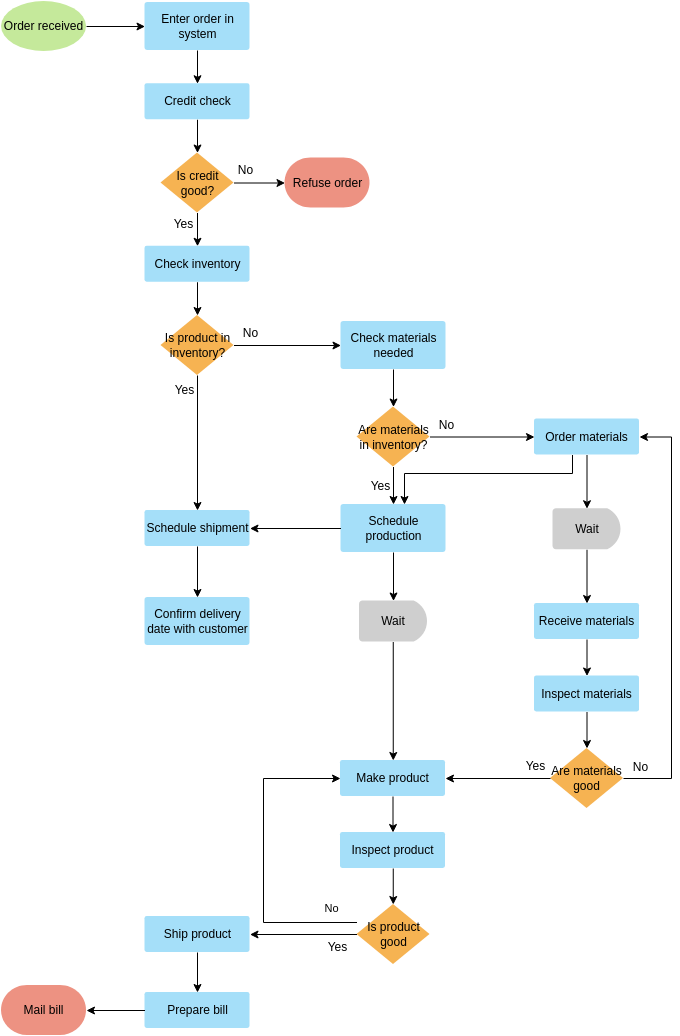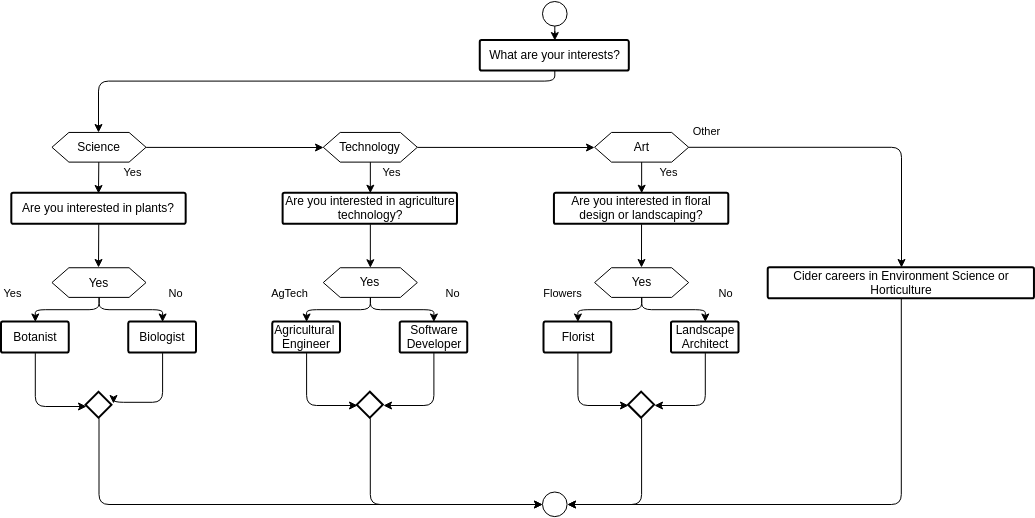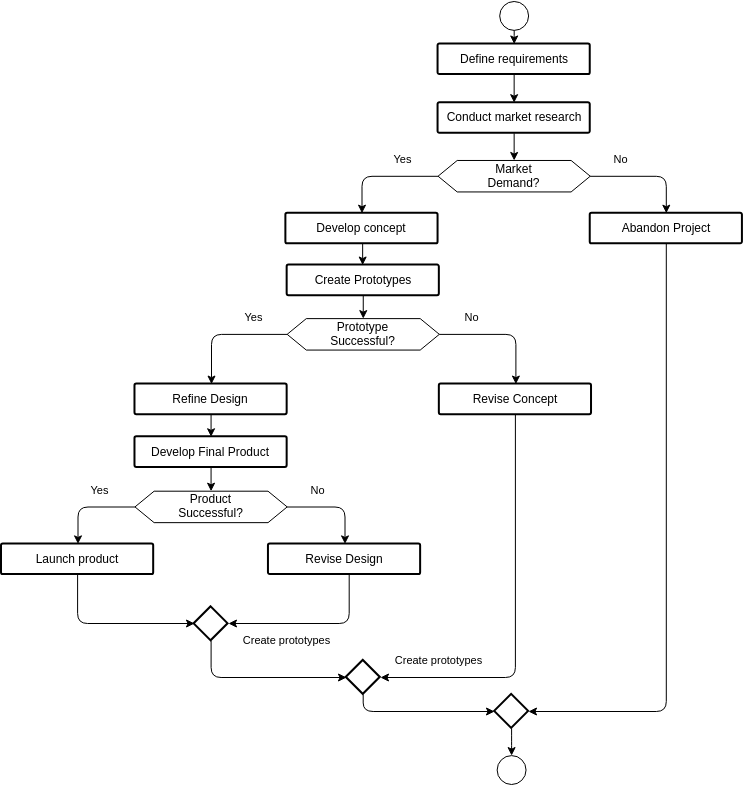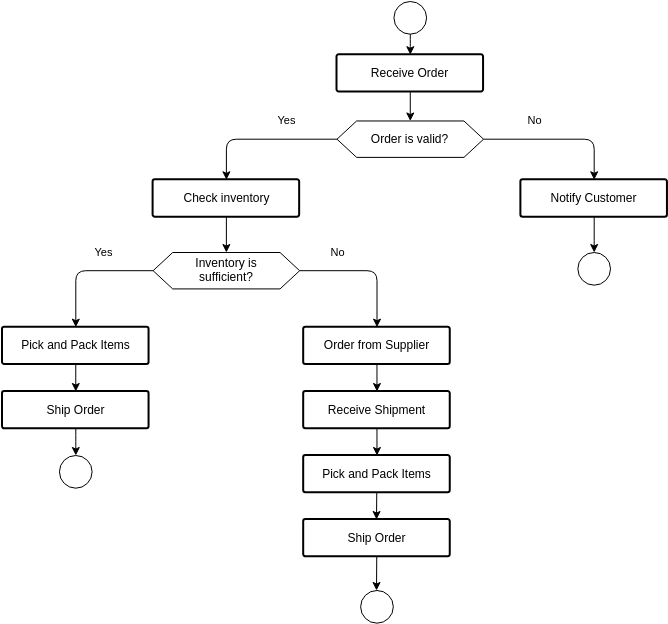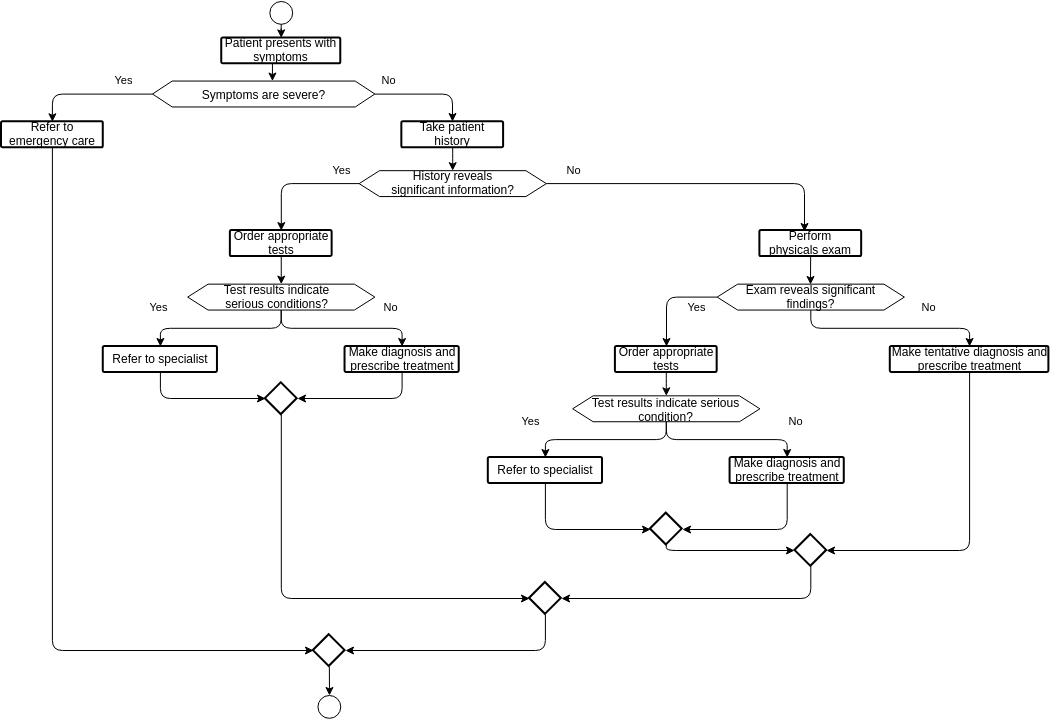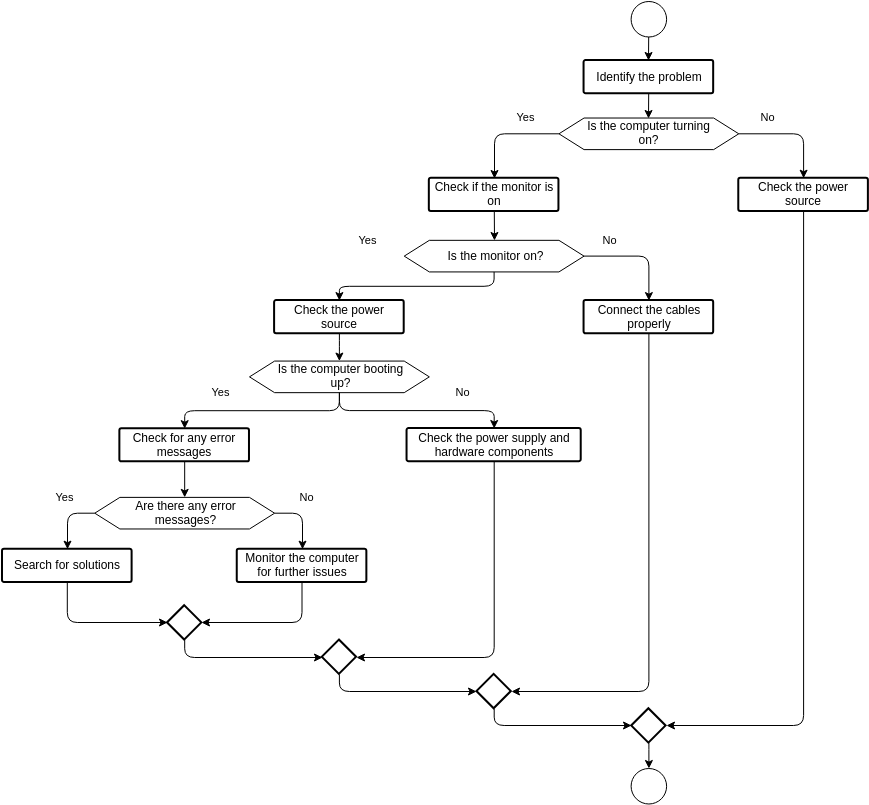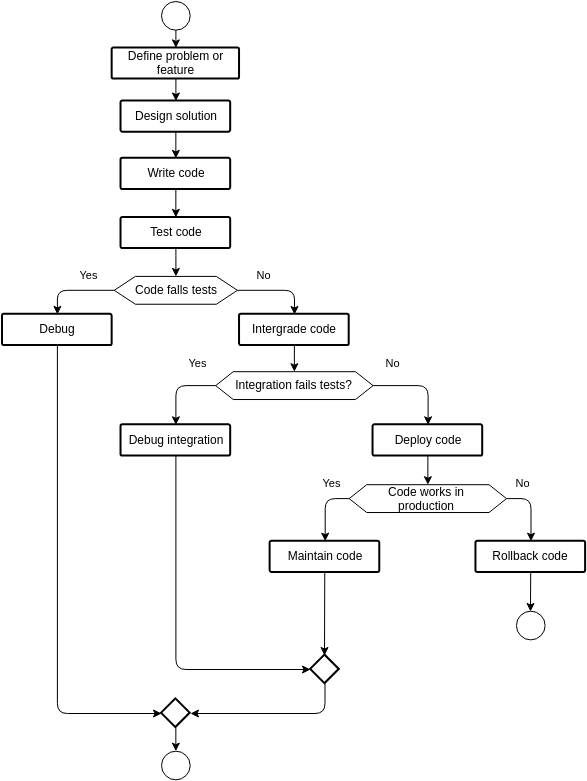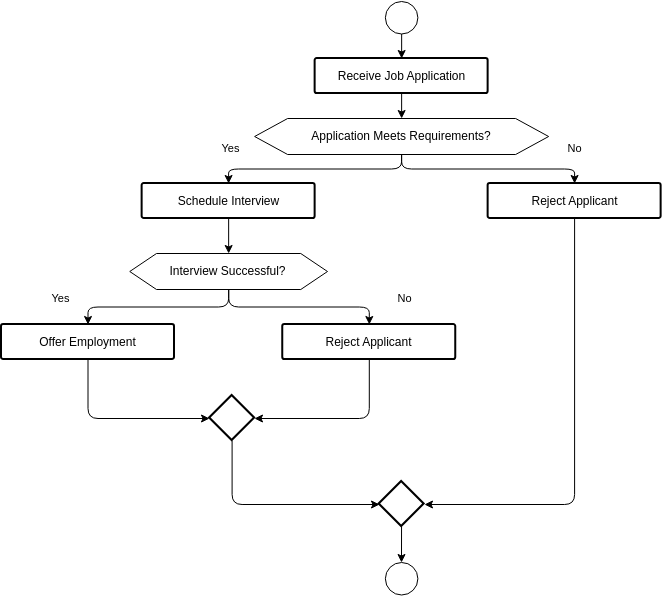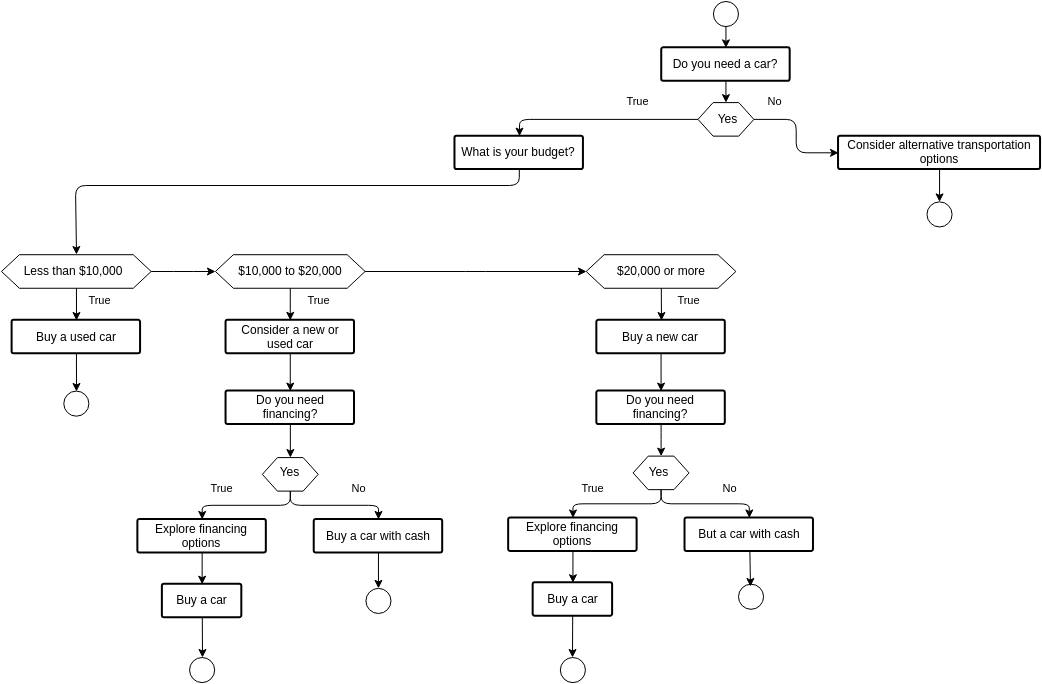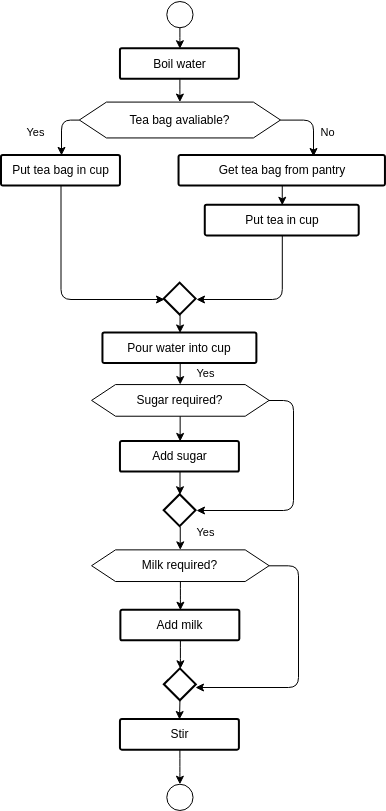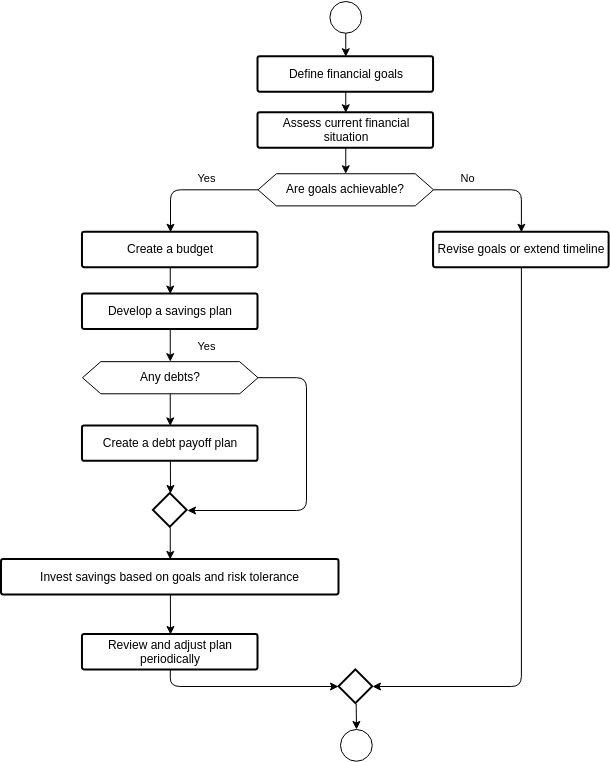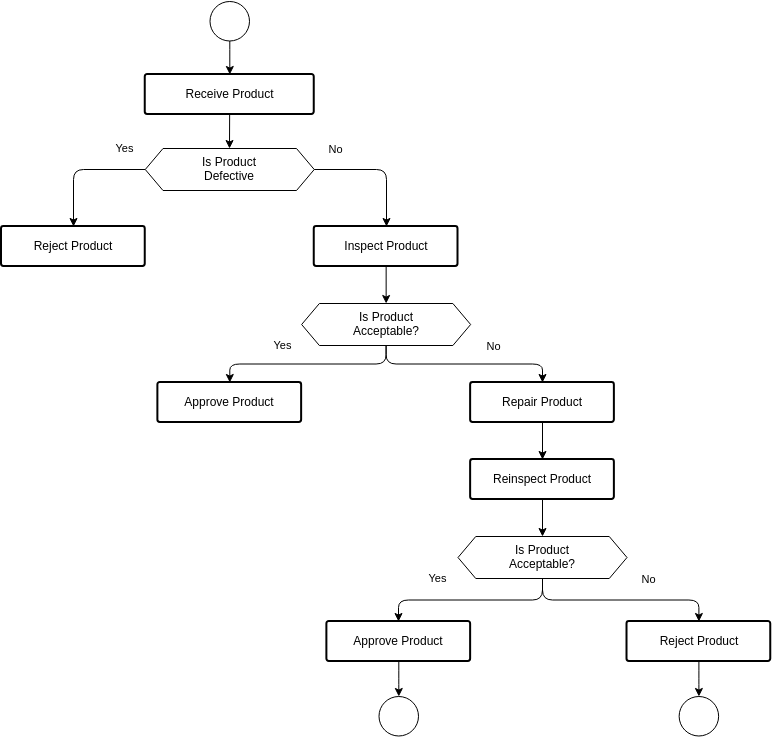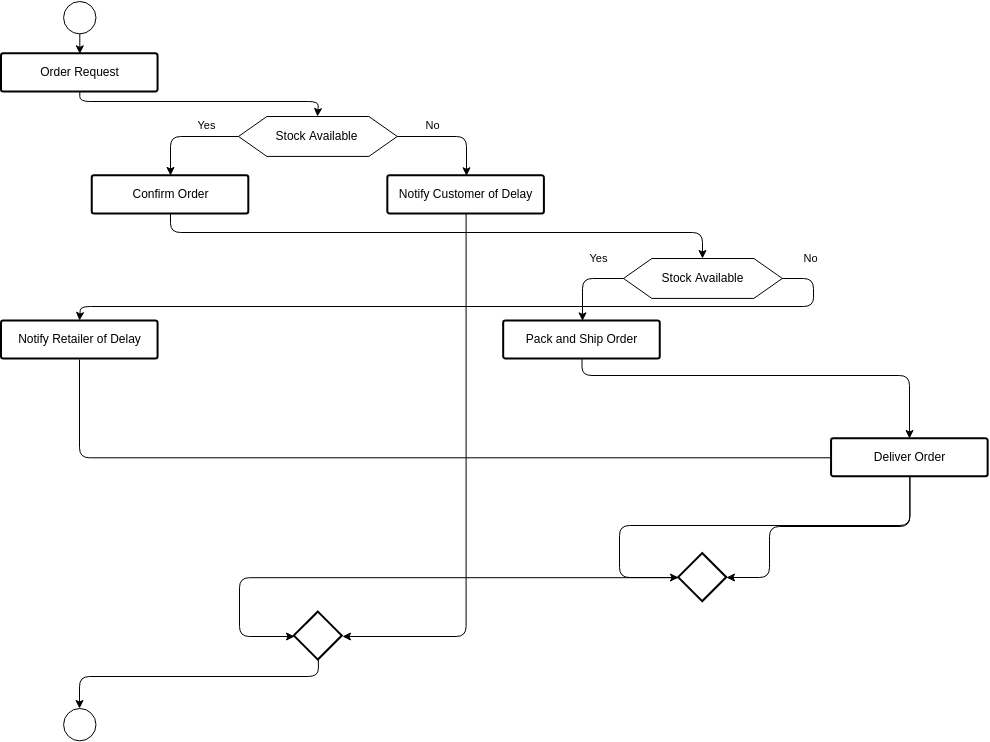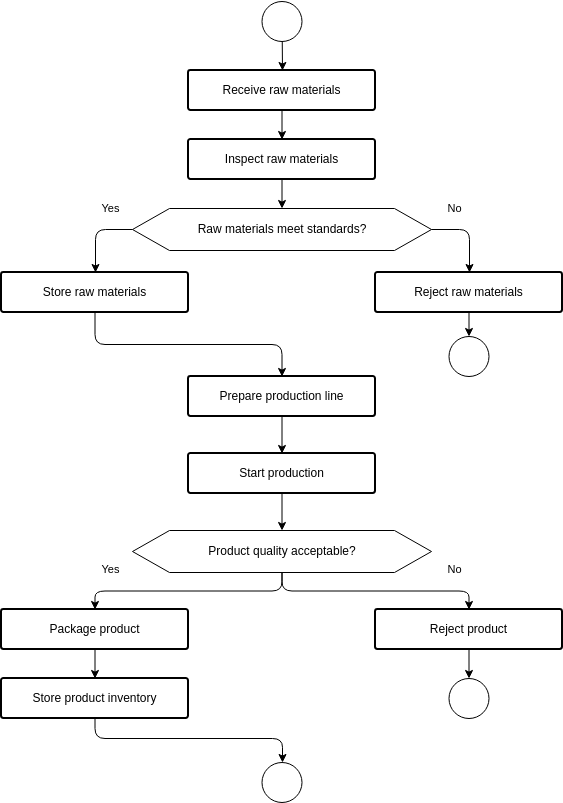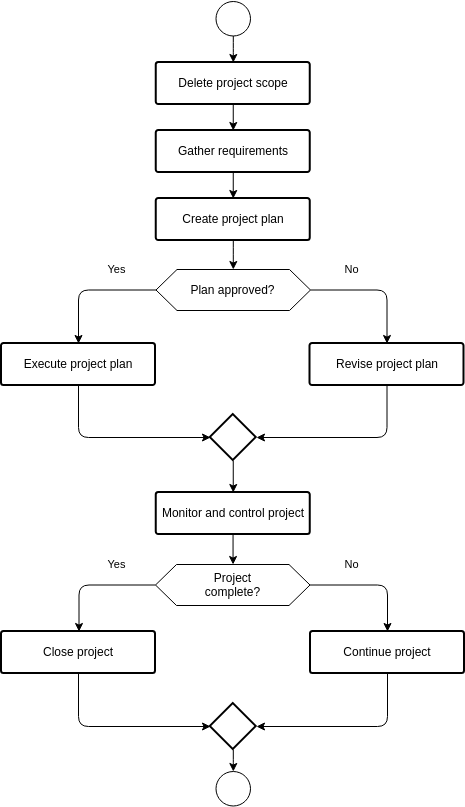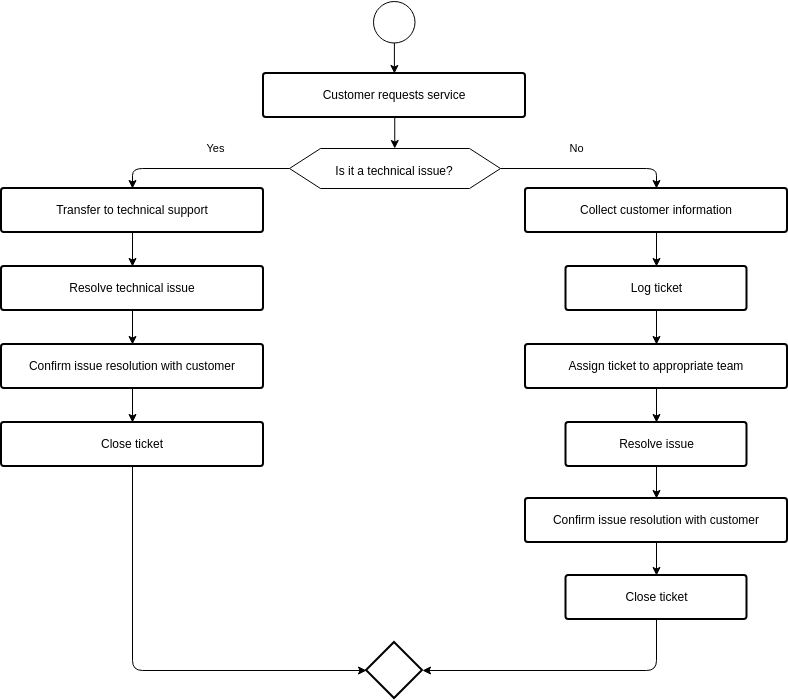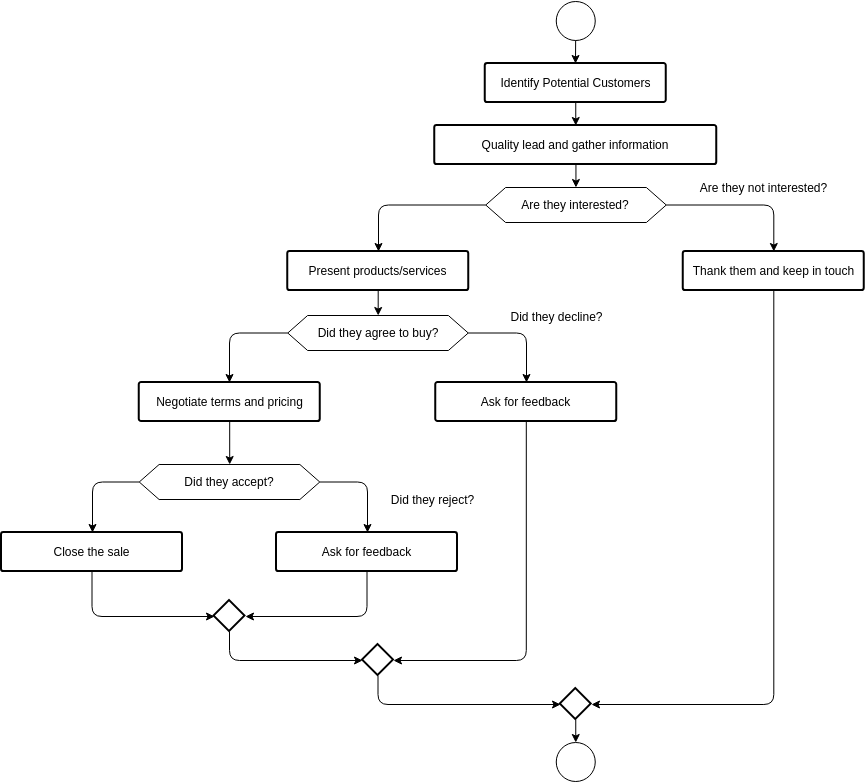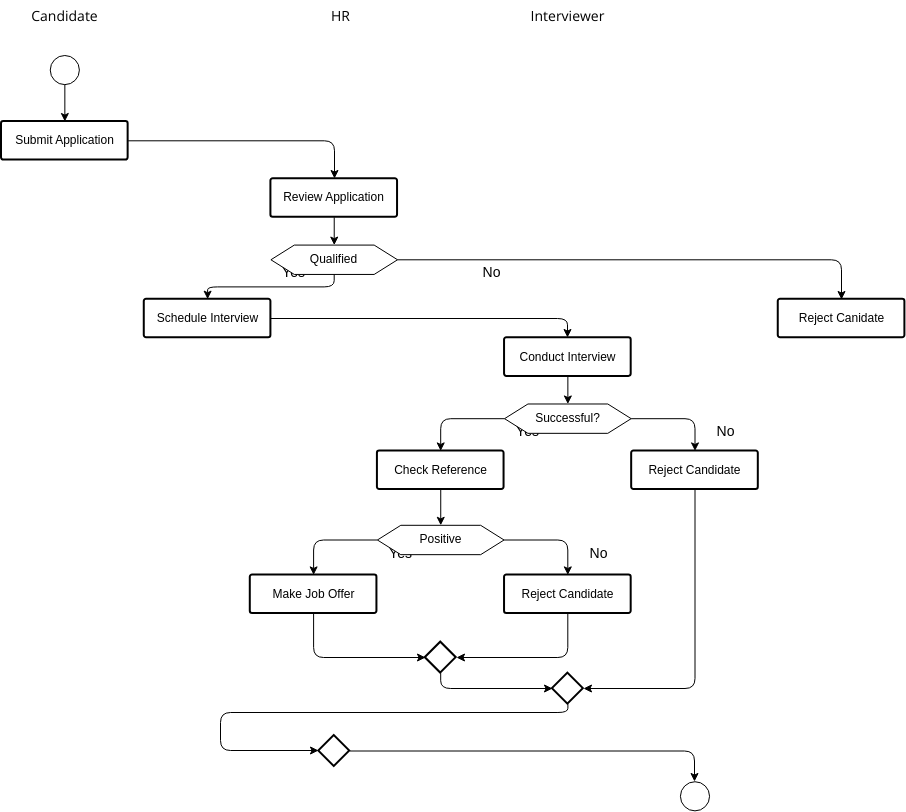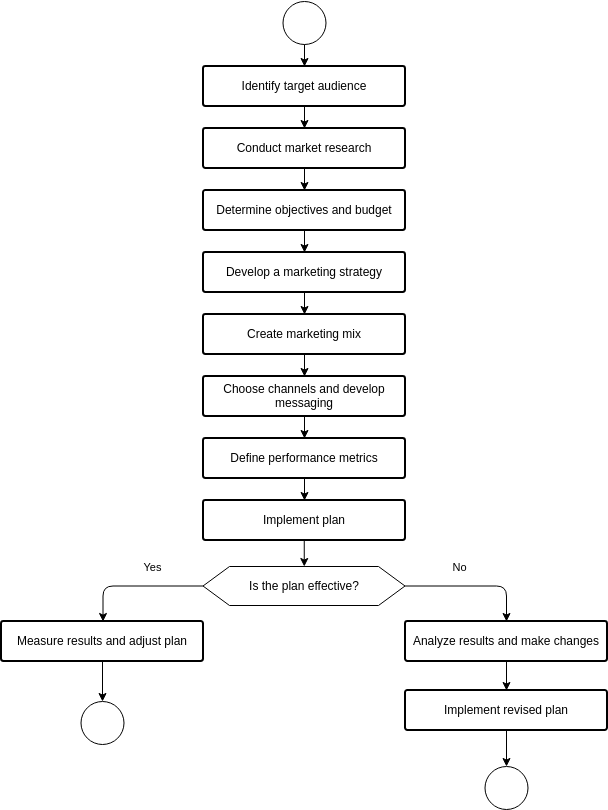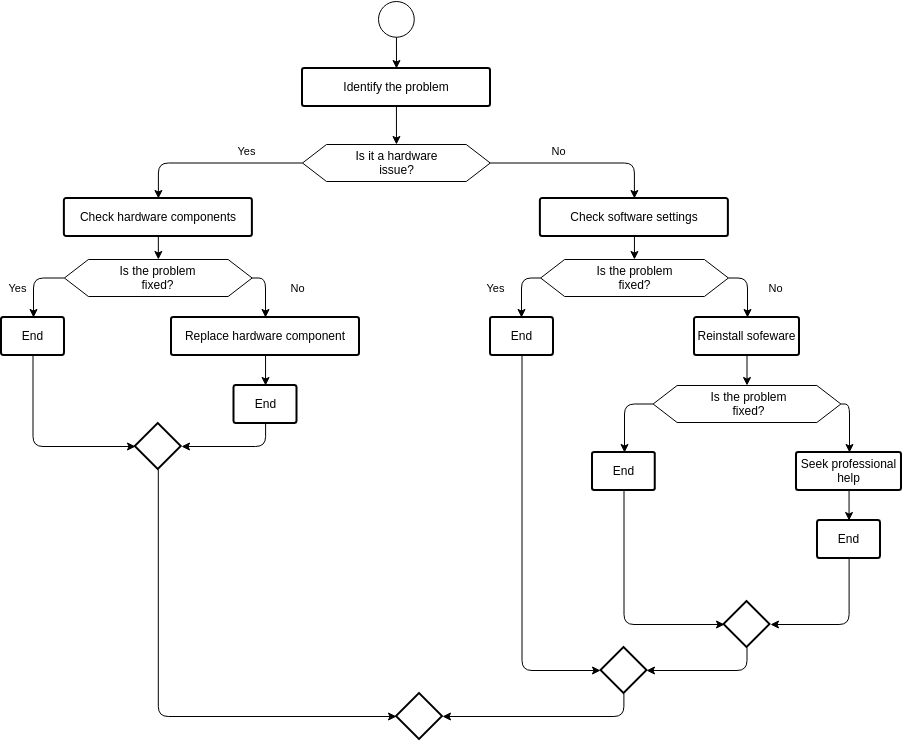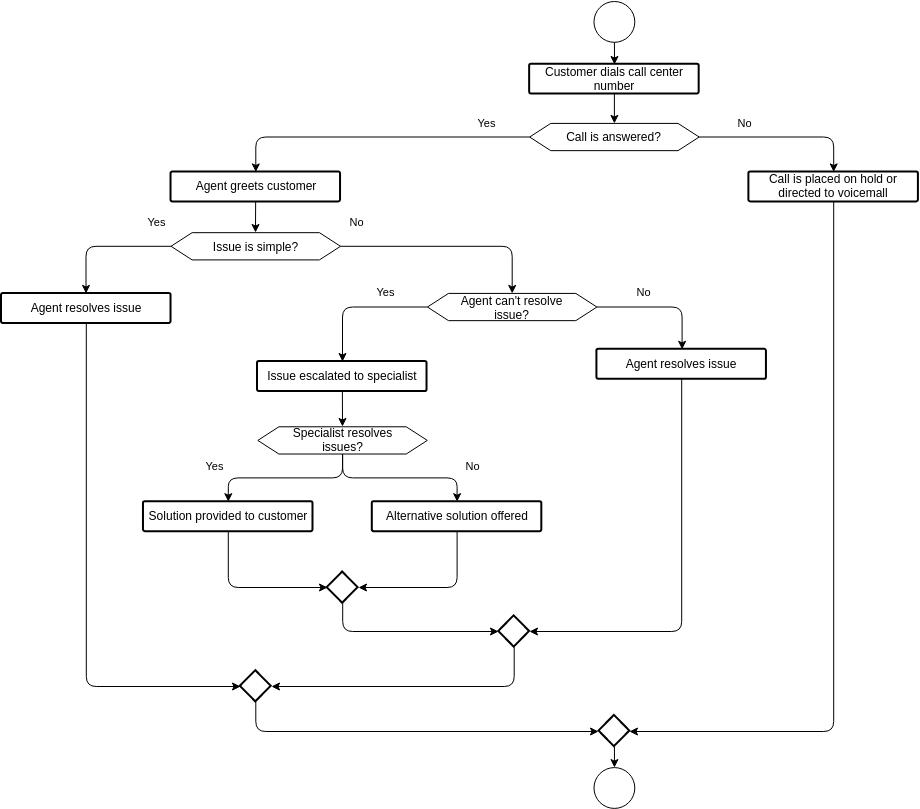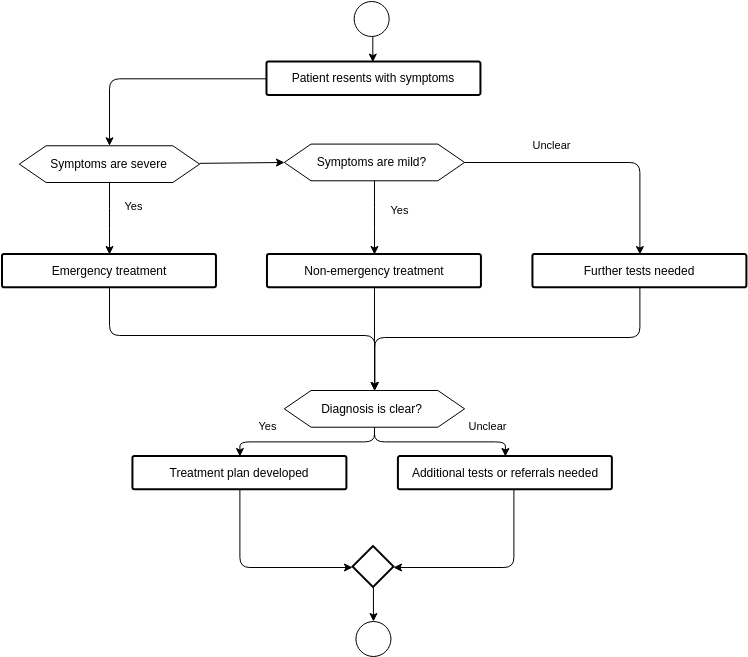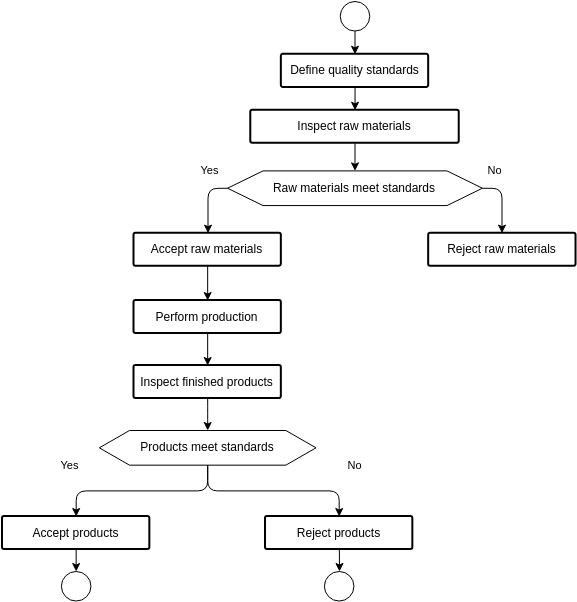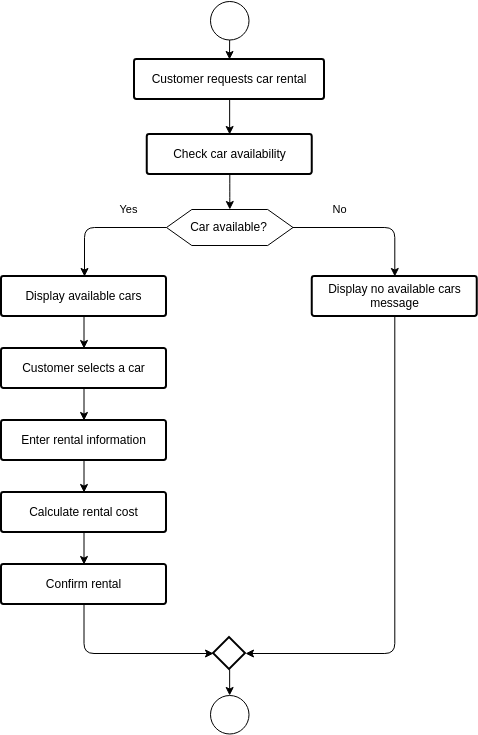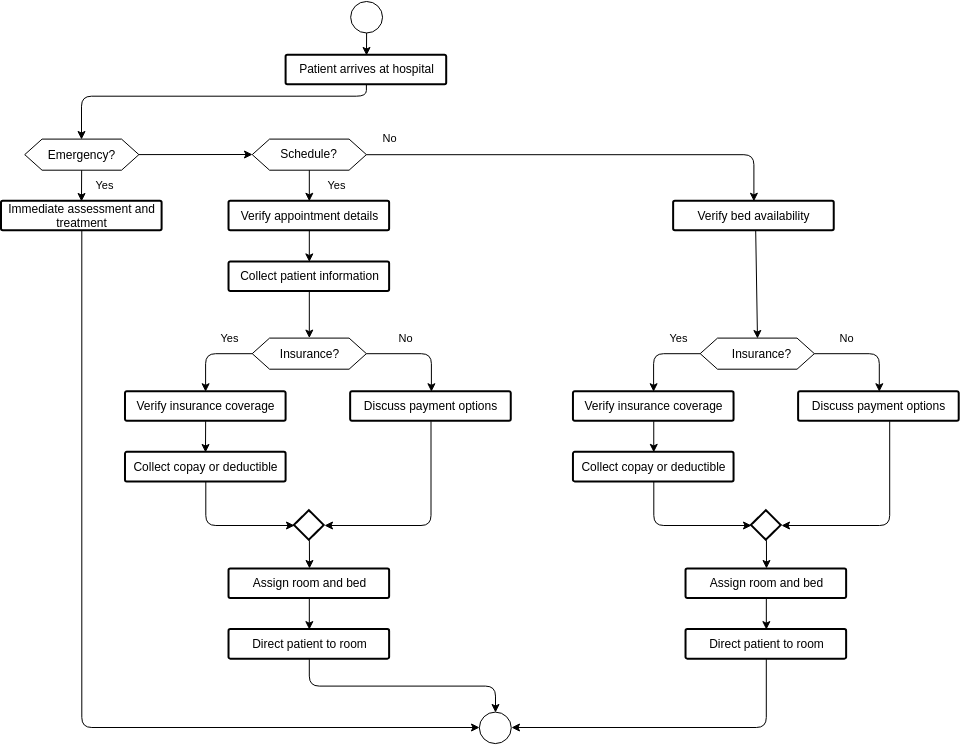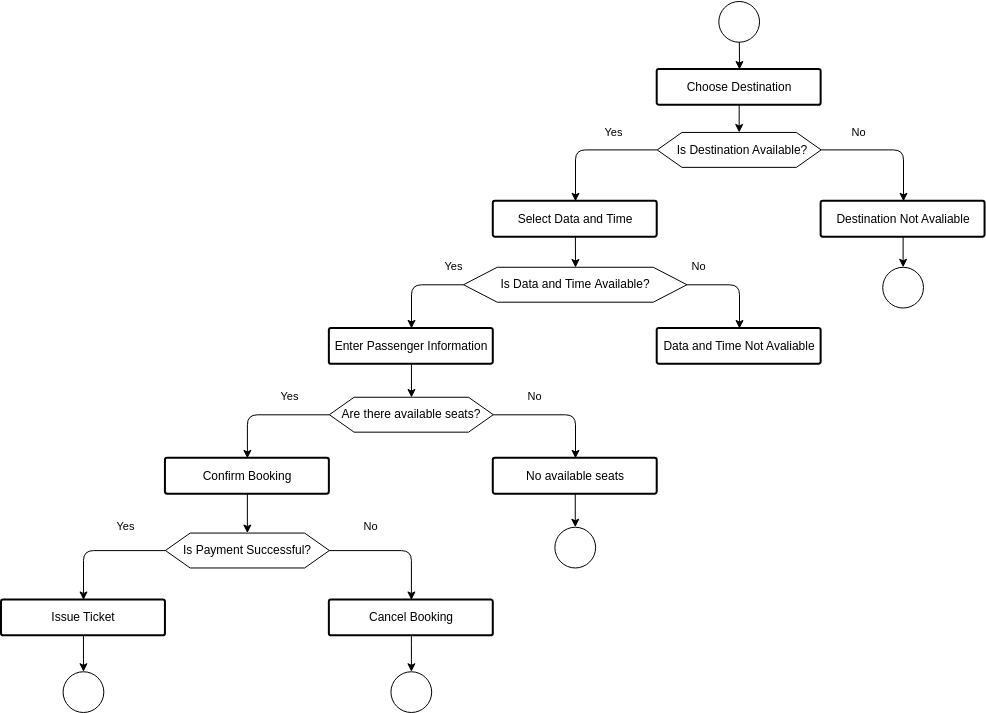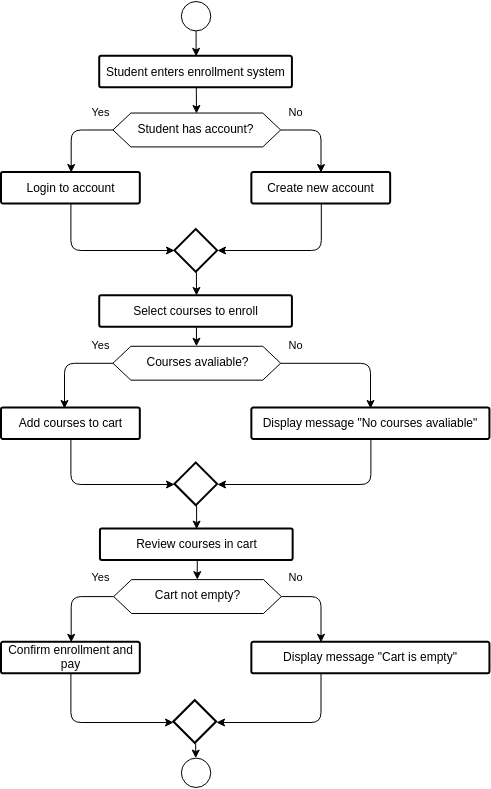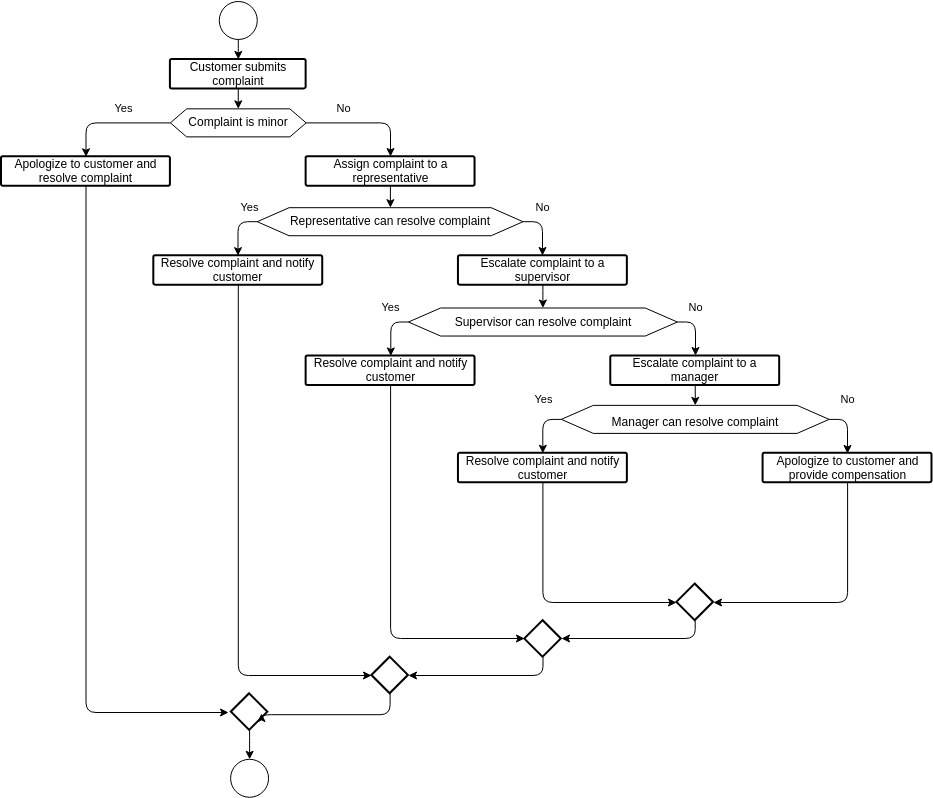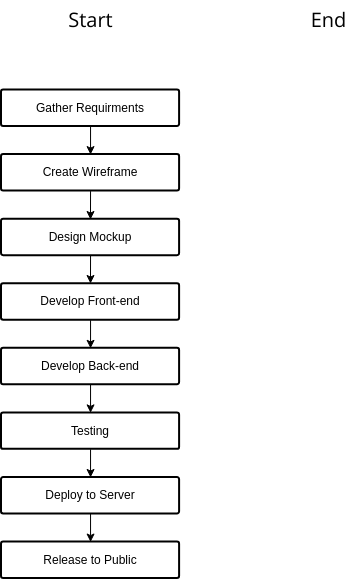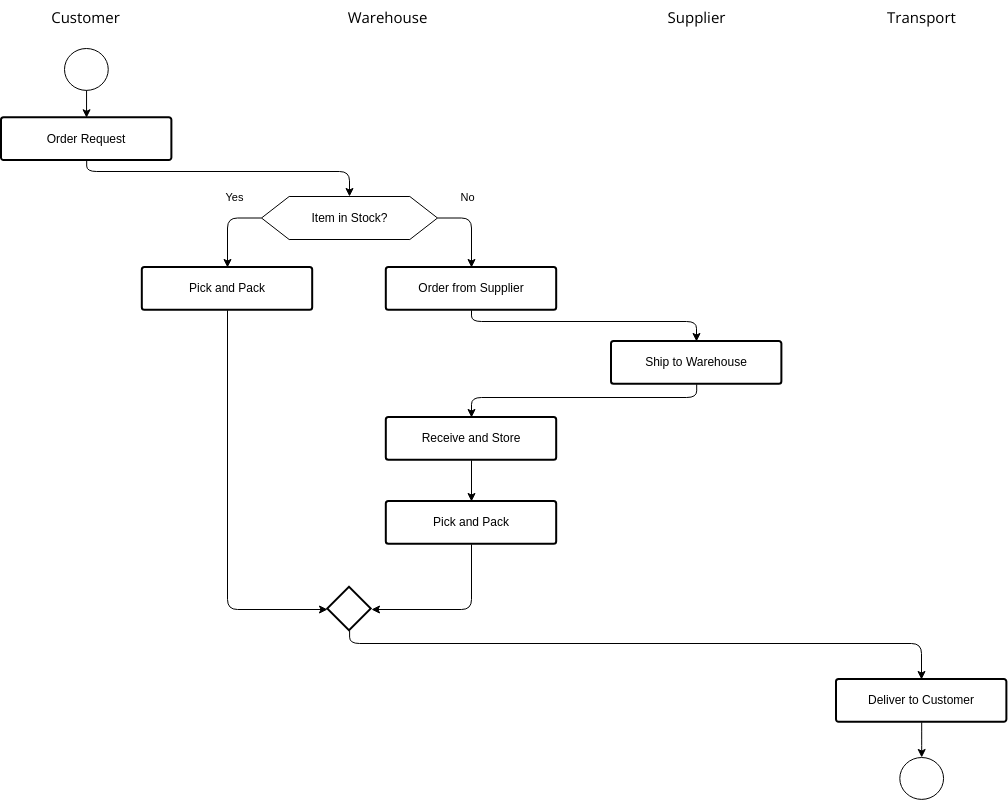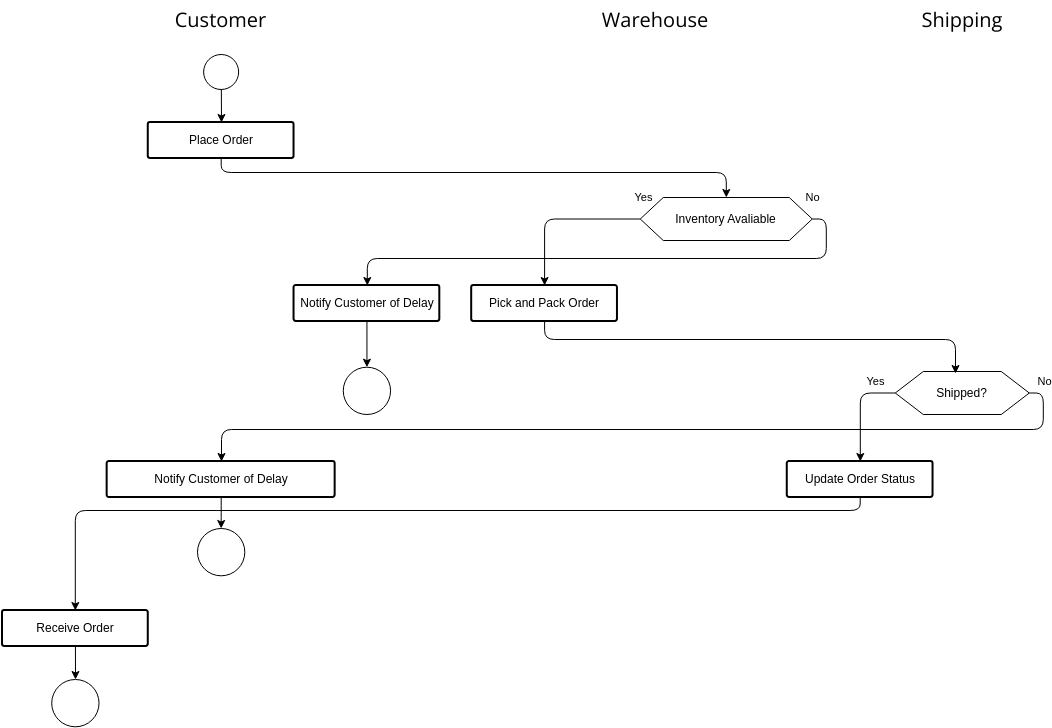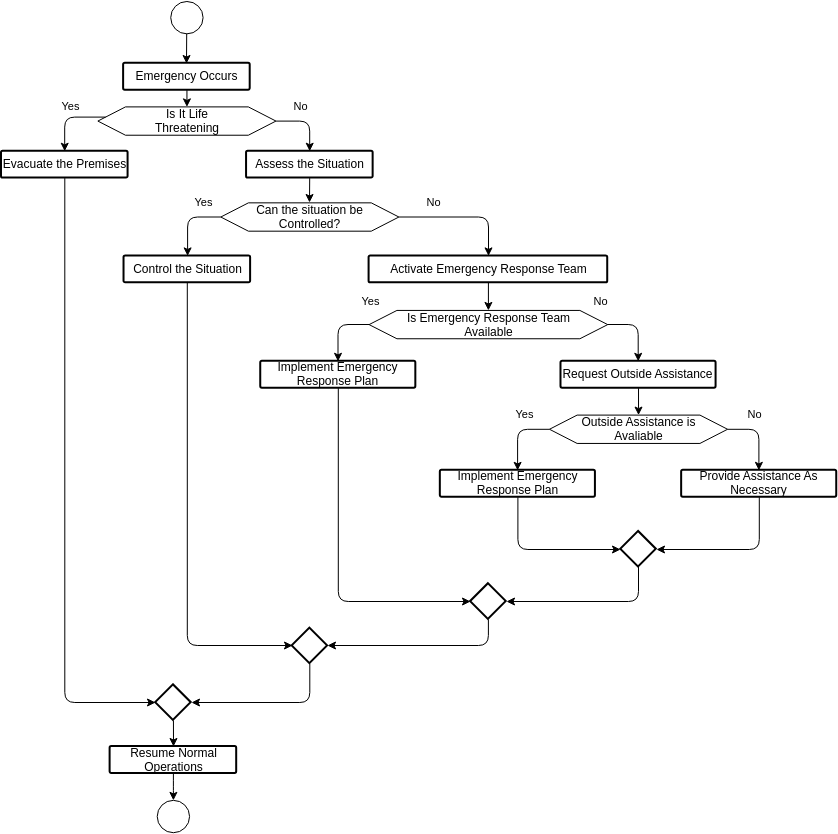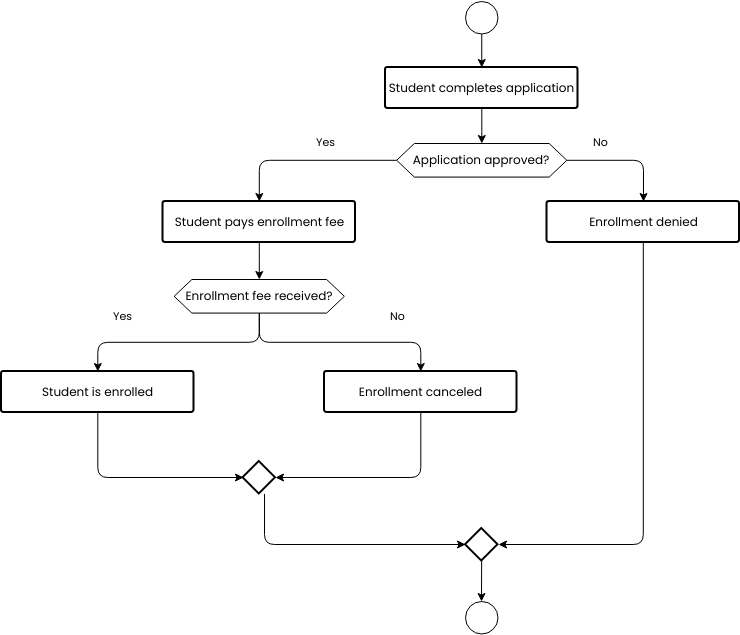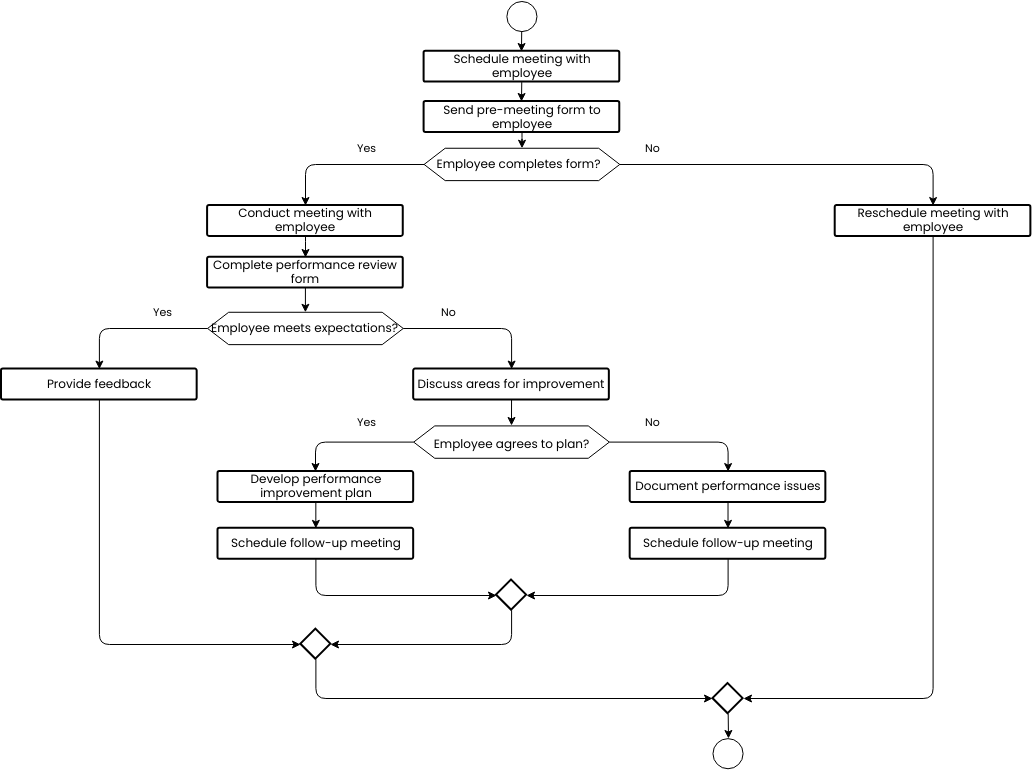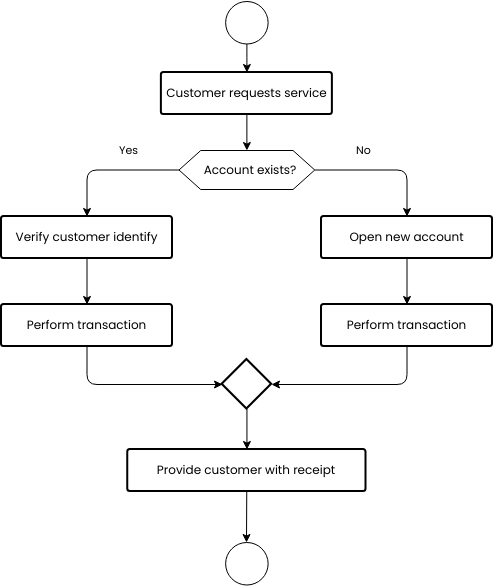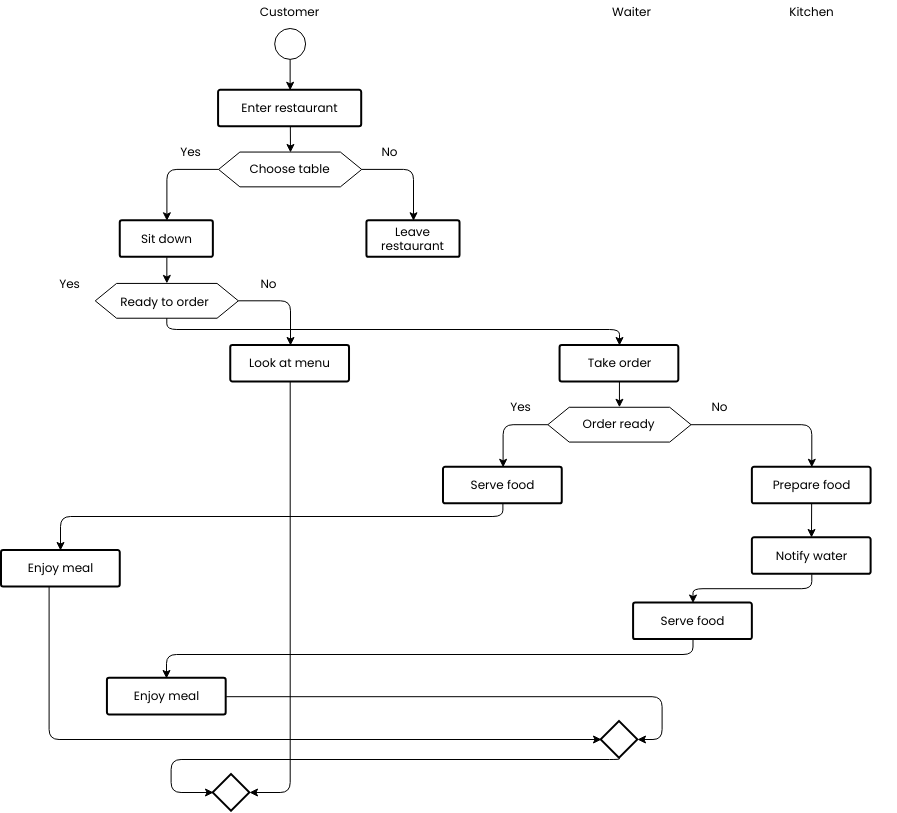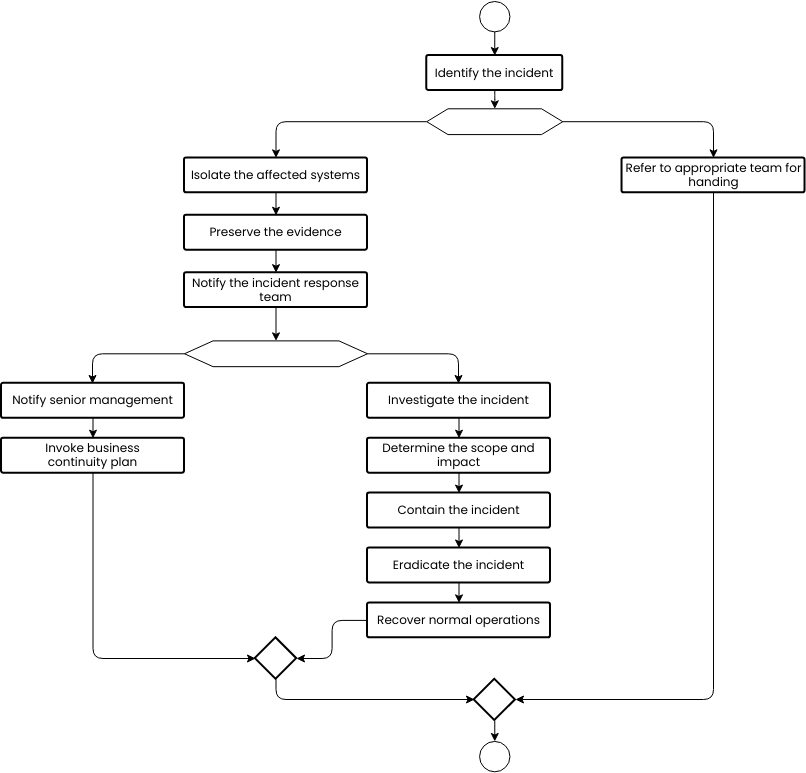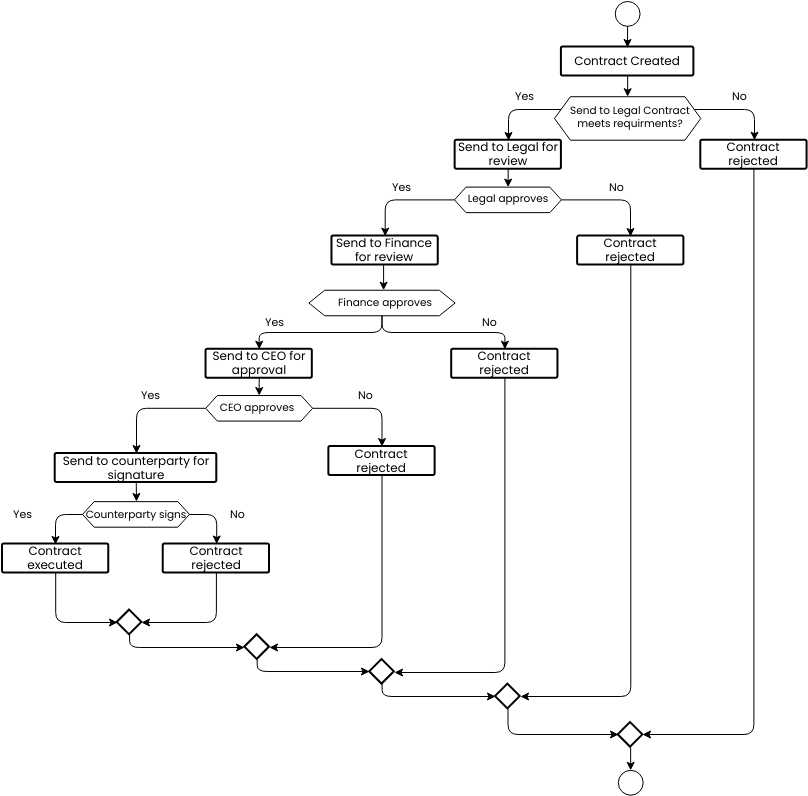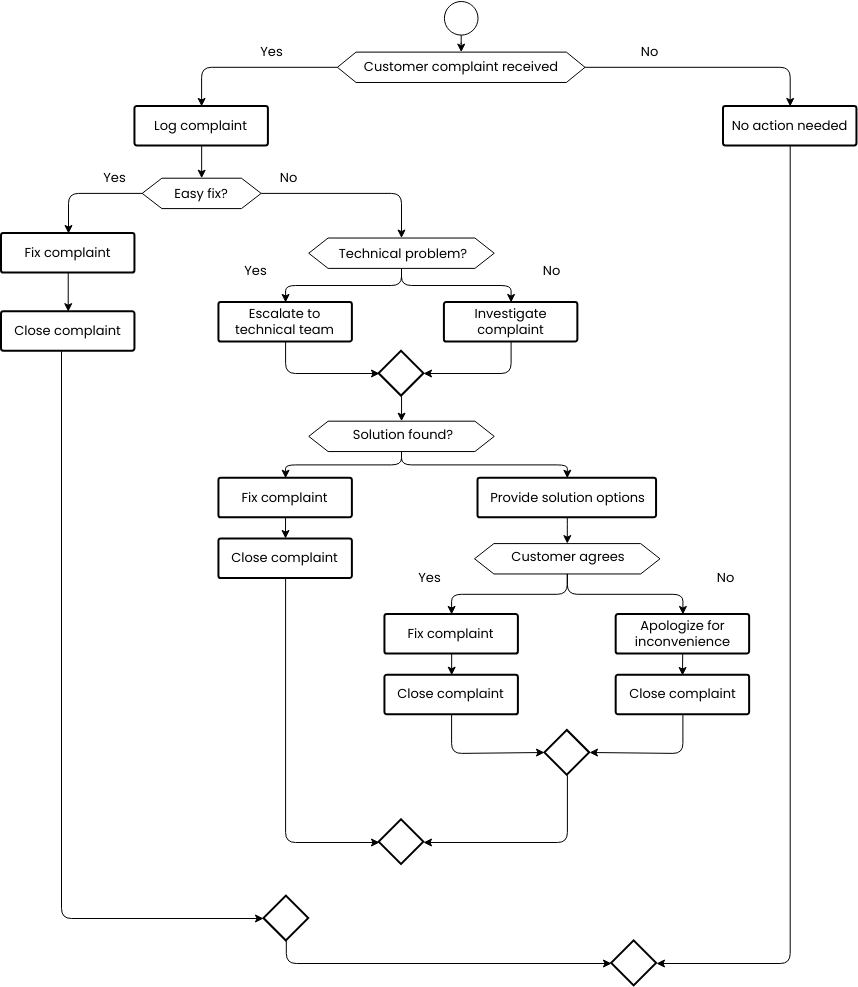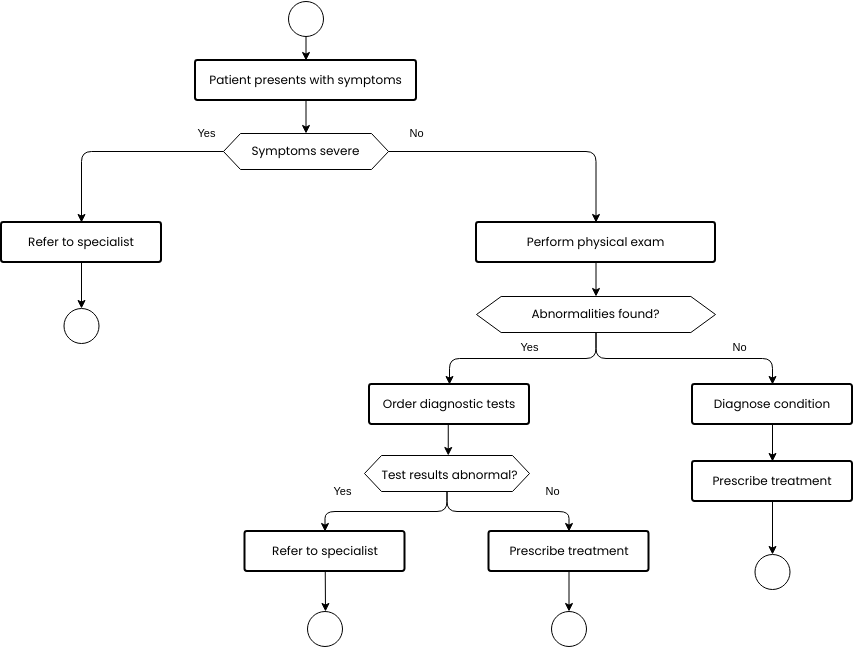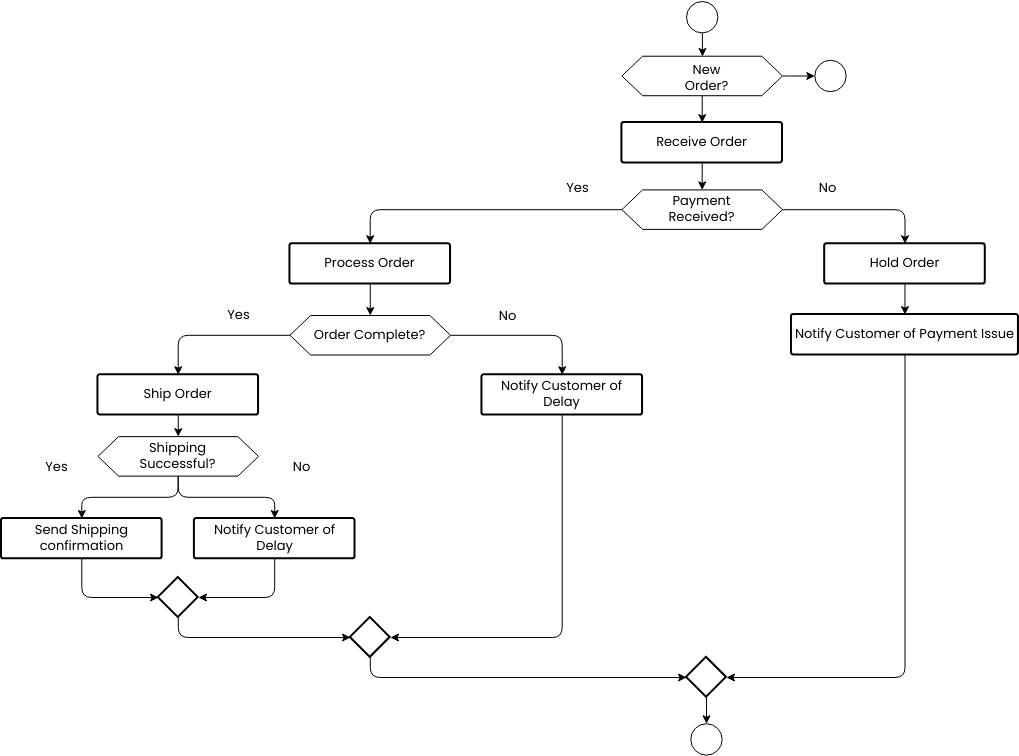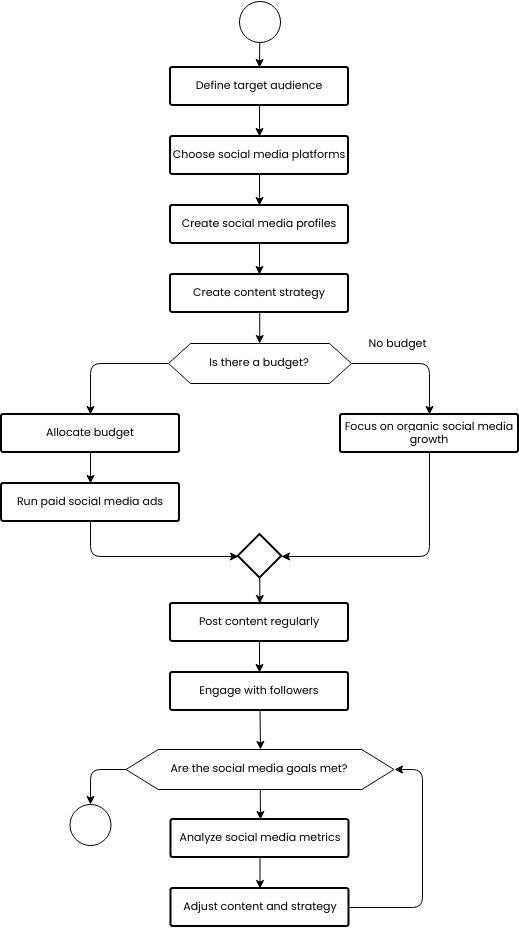Recruitment process flowchart
The Recruitment Process Flowchart outlines the steps involved in finding and hiring the best candidate for a job. The first step is to define the job vacancy by identifying the skills, experience, and qualifications required for the job, as well as the responsibilities and duties of the position. By defining the job vacancy, businesses can ensure that they are looking for the most suitable candidate.
Once the job vacancy has been defined, the next step is to post a job advertisement. This can be done through various channels, such as job boards, social media, or the company website. By posting a job advertisement, businesses can attract potential candidates and ensure that the job vacancy is widely visible.
After posting the job advertisement, the next step is to screen resumes. This involves reviewing the resumes of applicants to determine whether they meet the qualifications and requirements for the job. By screening resumes, businesses can identify the most qualified candidates and move them forward in the recruitment process.
The next step in the recruitment process is to schedule an interview with the most qualified candidates. The interview should be designed to assess the candidate's skills, experience, and qualifications, as well as their fit with the company culture. By conducting a thorough interview, businesses can determine whether the candidate is the best fit for the job.
After conducting the interview, the next step is to check references. This involves contacting the candidate's professional references to verify the information provided by the candidate and gain insight into their work performance and character. By checking references, businesses can ensure that they are hiring a qualified and trustworthy candidate.
Finally, the last step in the recruitment process is to make a job offer to the selected candidate. The job offer should include all the necessary information about the job, such as salary, benefits, and start date. By making a job offer, businesses can secure the services of the best candidate for the job.
Advantages of creating a recruitment process flowchart
Creating a recruitment process flowchart can bring several benefits to businesses. Firstly, it provides a clear and concise representation of the steps involved in finding and hiring the best candidate for a job. This can help businesses better understand how the recruitment process works and identify areas for improvement, ultimately streamlining the process and reducing waste.
Secondly, a recruitment process flowchart can help businesses standardize their recruitment process, improving efficiency and consistency. By creating a standard recruitment process flowchart, businesses can ensure that all employees involved in the recruitment process follow the same process, reducing errors and improving communication. Additionally, recruitment process flowcharts can help businesses ensure compliance with legal and ethical standards in the recruitment process, avoiding any potential legal or ethical issues. Overall, creating a recruitment process flowchart can help businesses optimize their recruitment process, reduce errors, save time and money, and improve communication, compliance, and standardization.
Are you in need of flowchart design templates? Visit Visual Paradigm Online now and explore a variety of customizable templates to choose from.
